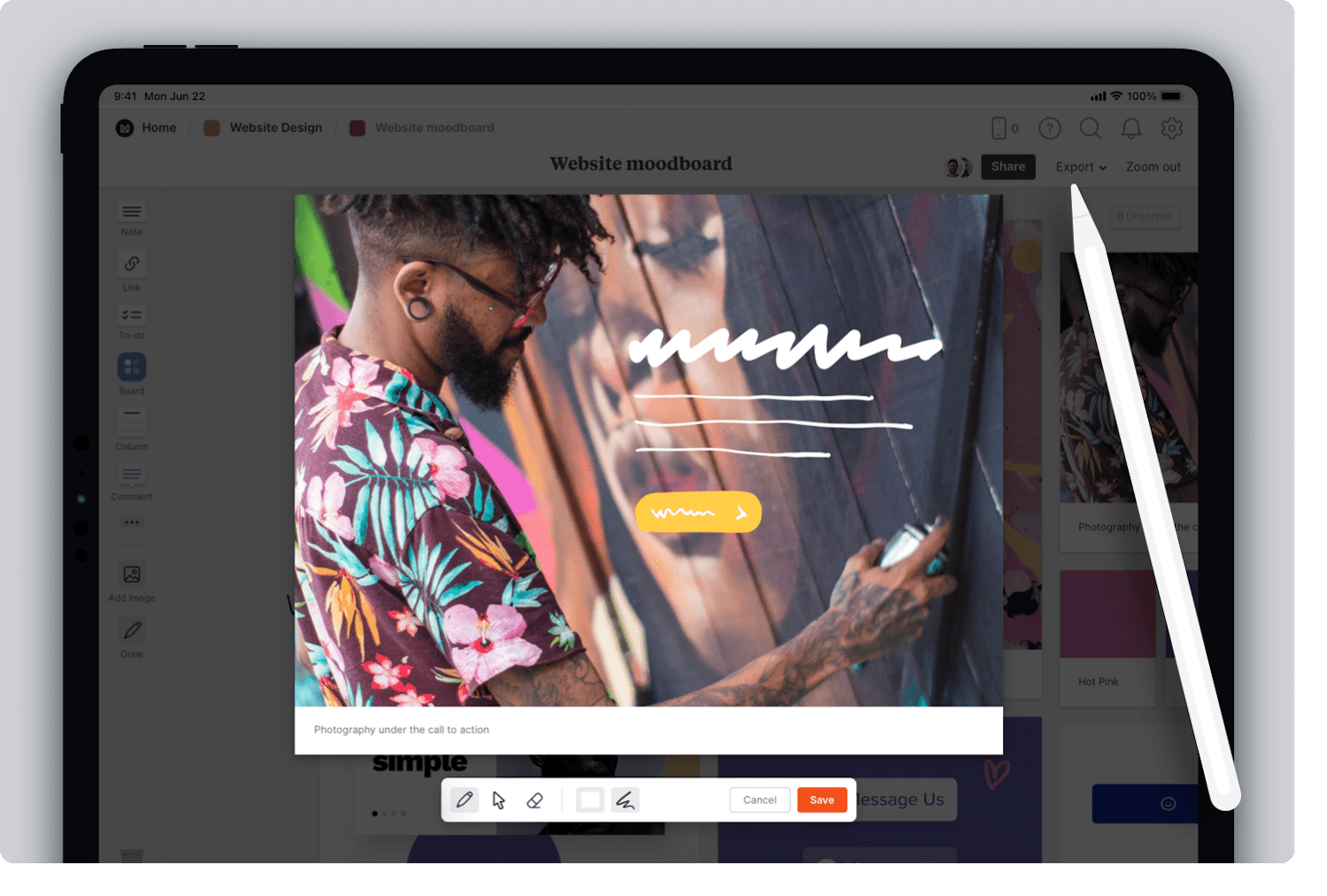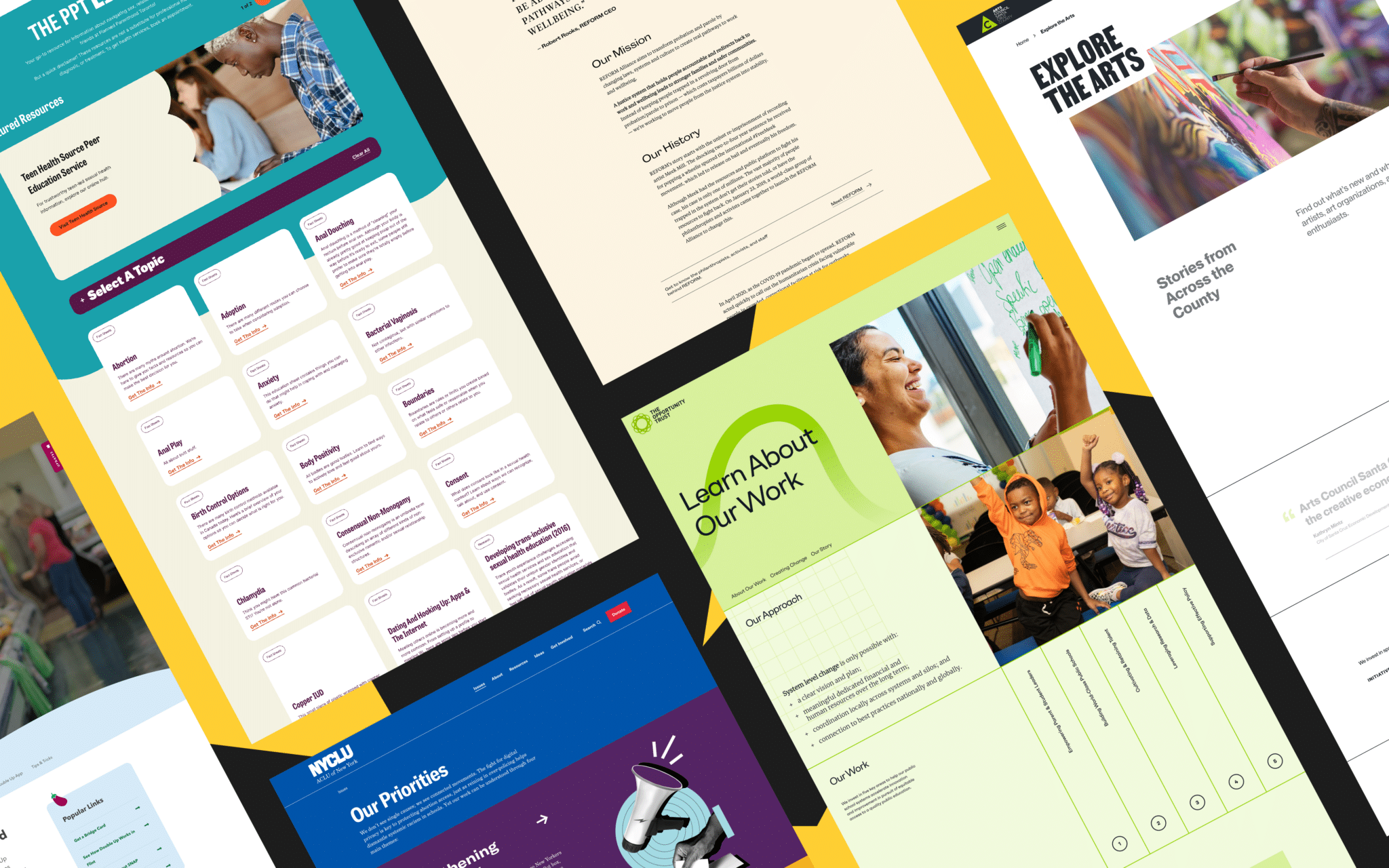Key Factors to Consider When Planning Your Website Design
Key Factors to Consider When Planning Your Website Design
Blog Article
Boost Engagement With Cutting-edge Site Style Solutions
A thoughtfully crafted customer experience, underpinned by strategic visual style and interactive aspects, can significantly improve user engagement. By checking out different methods such as responsive layout and customized material, organizations can create a system that not just astounds users however also fosters long-term loyalty.

Recognizing Individual Experience
Recognizing user experience (UX) is critical for developing efficient website design services, as it directly affects just how users connect with electronic platforms. A detailed UX method includes numerous components, including user, availability, and functionality contentment, all of which add to the total effectiveness of an internet site.
To begin with, use concentrates on how easily customers can browse and discover the information they look for - website design. A well-structured layout, intuitive navigation, and clear phone calls to activity are fundamental components that improve functionality. Availability guarantees that all individuals, including those with impairments, can efficiently connect with the site. This involves making material that is compliant with ease of access criteria and can be quickly accessed utilizing assistive modern technologies.
Moreover, recognizing user characters is essential for tailoring the experience to satisfy specific target market requirements. By carrying out customer research and testing, developers can collect insights that inform design choices, making certain the site not just satisfies aesthetic goals but likewise satisfies useful needs. Inevitably, a thoughtful technique to UX layout promotes involvement, motivates retention, and boosts general user complete satisfaction, which are crucial for the success of any kind of digital system.
Visual Design Techniques
Including efficient visual design methods is vital for catching customer attention and enhancing the total individual experience on a site. A well-thought-out visual hierarchy guides customers through the web content, allowing them to easily absorb and navigate information. This can be achieved with the critical use of typography, color pattern, and spacing, which jointly produce a cohesive and engaging layout.
Color plays a crucial duty in establishing and stimulating feelings brand name identity. Utilizing a balanced color scheme that straightens with the brand's values can promote experience and trust fund. In addition, including top quality images and graphics enhances visual allure and can considerably enhance individual interaction.
Whitespace, usually ignored, is just as crucial as it permits material to breathe and avoids overwhelming users with mess. It assists in easier reading and comprehension, causing a much more delightful searching experience.
Last but not least, uniformity in design elements-- such as button styles, icons, and typefaces-- ensures a smooth user trip, reinforcing the brand's expertise. By strategically carrying out these visual style approaches, internet sites can not just attract visitors however also motivate them to stay longer and engage more deeply with the web content.
Interactive Components for Interaction
Engaging individuals effectively usually rests on the application of interactive elements that invite involvement and foster a vibrant surfing experience. These elements, including tests, polls, and interactive infographics, encourage individuals to proactively take part instead of passively eat web content. By incorporating such attributes, internet sites can not only record interest however additionally boost customer retention.

Gamification is one more powerful method. Including game-like components, such as achievements or benefits for finishing jobs, can transform ordinary interactions into delightful experiences. This technique not just boosts engagement however also encourages users to return, developing a loyal audience.
In addition, interactive aspects can help with social sharing, amplifying a website's reach. Functions like comment sections, share switches, and user-generated content areas foster area interaction, transforming visitors right into active participants. website design. Inevitably, the calculated use interactive components is necessary for creating a compelling and engaging site that resonates with users
Adaptive and receptive Layout
A well-designed site needs to focus on adaptive and responsive design to ensure ideal user experiences throughout a selection of tools and screen sizes. Receptive design employs fluid grids and versatile photos, allowing the format to instantly change based on the viewer's display size. This method guarantees that individuals can conveniently connect and browse with the web content, despite whether they are making use of a mobile phone, tablet, or desktop computer .
On the other hand, adaptive layout other utilizes predefined designs that are customized to certain gadget groups. This implies that the internet site finds the sort of tool being made use of and offers the proper format, which can boost loading times and maximize the screen of crucial elements. While both techniques aim to enhance usability, responsive design is usually preferred for its fluidity and smooth change between devices.
Integrating flexible and responsive design not just enhances user fulfillment but additionally positively influences online search engine positions. Browse engines prioritize mobile-friendly sites, hence boosting exposure and bring in even more site visitors. For that reason, spending in these style techniques is important for companies aiming to engage their audience blog here properly and keep an one-upmanship in today's electronic landscape.
Analyzing Customer Responses and Information
Individual comments and data analysis are important parts of effective web site layout, as they give valuable understandings into customer actions and choices. By systematically accumulating and analyzing individual feedback with surveys, usability screening, and analytics tools, designers can recognize pain points and areas for improvement. This data-driven technique makes it possible for organizations to adjust view it their site elements, guaranteeing that the user experience straightens with target market expectations.
Assessing metrics such as bounce rates, time on page, and click-through prices offers a measurable perspective on user involvement. These metrics aid designers determine which content reverberates and which areas might need optimization. Additionally, A/B testing can be used to assess variations in layout, permitting designers to make educated decisions based upon individual interactions.
Incorporating user comments not only enhances internet site functionality but likewise promotes a feeling of community and trust. Involving with individuals through comments loops cultivates commitment and motivates repeat sees. Inevitably, leveraging individual feedback and information analysis is essential to producing a dynamic, user-centered site that adapts to progressing customer requirements and choices, thereby driving higher engagement and satisfaction.
Final Thought

An attentively crafted customer experience, underpinned by critical visual layout and interactive aspects, can substantially improve customer interaction.Integrating reliable visual layout techniques is important for capturing customer interest and improving the general user experience on a site.Individual feedback and information analysis are important elements of effective internet site layout, as they give beneficial understandings right into individual behavior and preferences. Ultimately, leveraging user responses and information analysis is integral to producing a dynamic, user-centered website that adapts to progressing customer needs and preferences, consequently driving higher engagement and contentment.
In conclusion, cutting-edge web site style options significantly boost individual involvement by focusing on individual experience, using efficient visual approaches, and integrating interactive elements.
Report this page